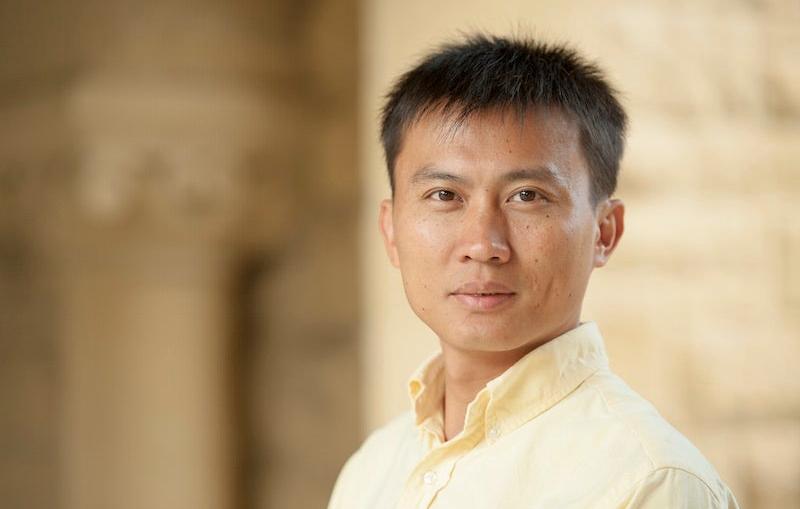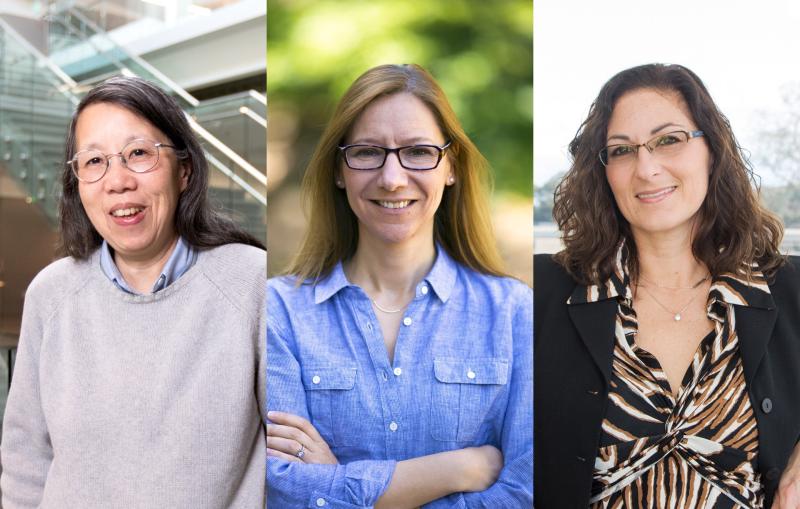Claudio Pellegrini, a distinguished professor emeritus of physics at UCLA and adjunct professor of photon science at the Department of Energy’s SLAC National Accelerator Laboratory, has been elected to the National Academy of Sciences in recognition of his “distinguished and...



